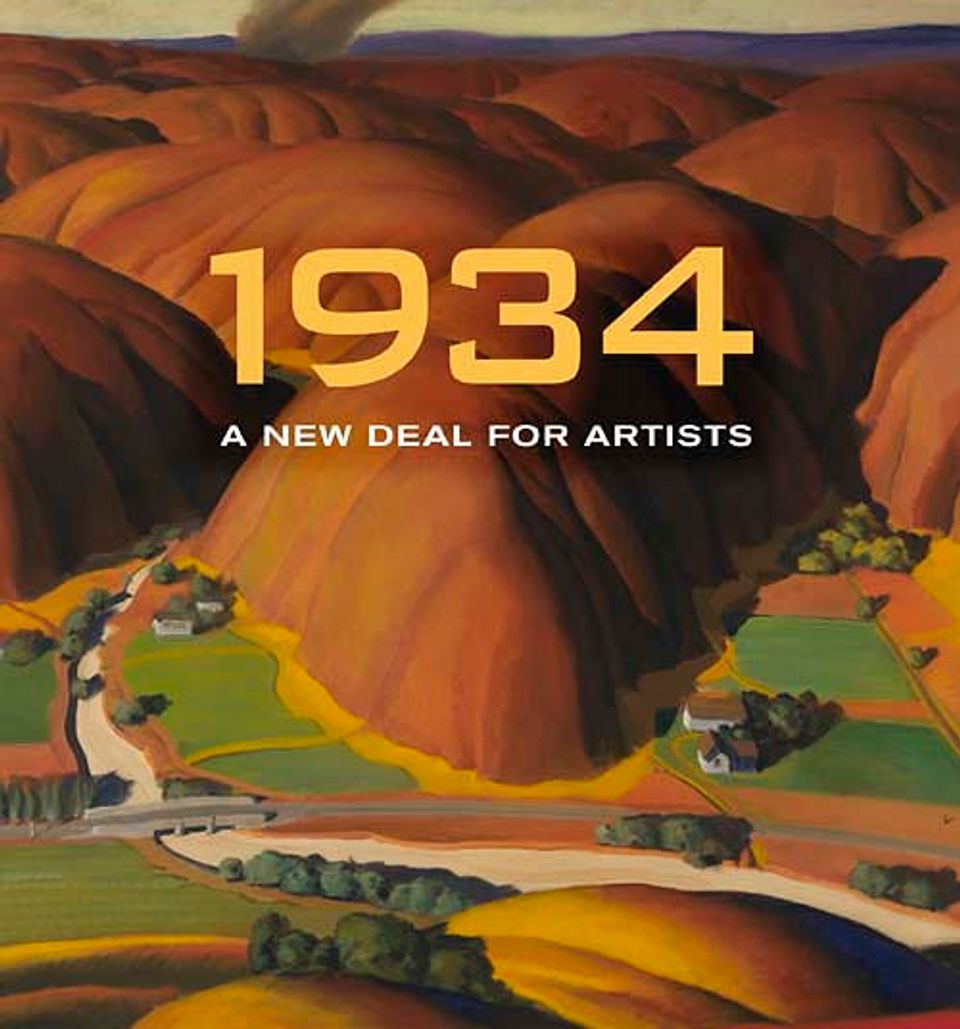Harry Gottlieb, Filling the Ice House, 1934, oil on canvas, 40 3⁄8 x 60 3⁄8 in. (102.5 x 153.4 cm), Smithsonian American Art Museum, Transfer from the U.S. Department of Labor, 1964.1.19
Copied
Artwork Details
- Title
- Filling the Ice House
- Artist
- Date
- 1934
- Location
- Not on view
- Dimensions
- 40 3⁄8 x 60 3⁄8 in. (102.5 x 153.4 cm)
- Credit Line
- Transfer from the U.S. Department of Labor
- Mediums
- Mediums Description
- oil on canvas
- Classifications
- Subjects
- Figure group — male
- Occupation — industry — ice cutting
- New Deal — Public Works of Art Project — New York State
- Object Number
- 1964.1.19
Artwork Description
1934: A New Deal for Artists exhibition label
Works by this artist (6 items)
Related Books
More Artworks from the Collection
Artist
Unidentified
Dateca. 1939-1940
recto: tempera on paper
verso: pencil on paper
Artist
Unidentified (American)
Dateca. 1939-1940
recto: tempera on paper
verso: tempera and pencil on paper














